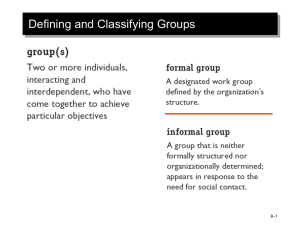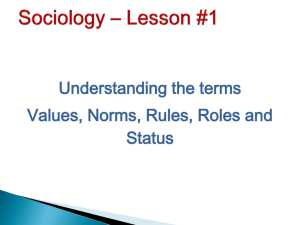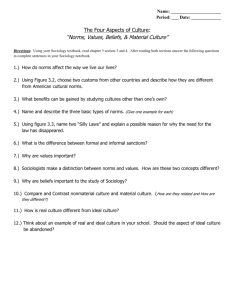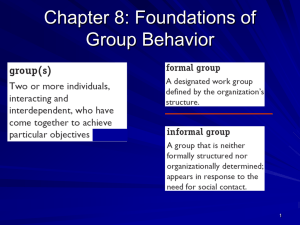Organizational Behavior 10e
advertisement
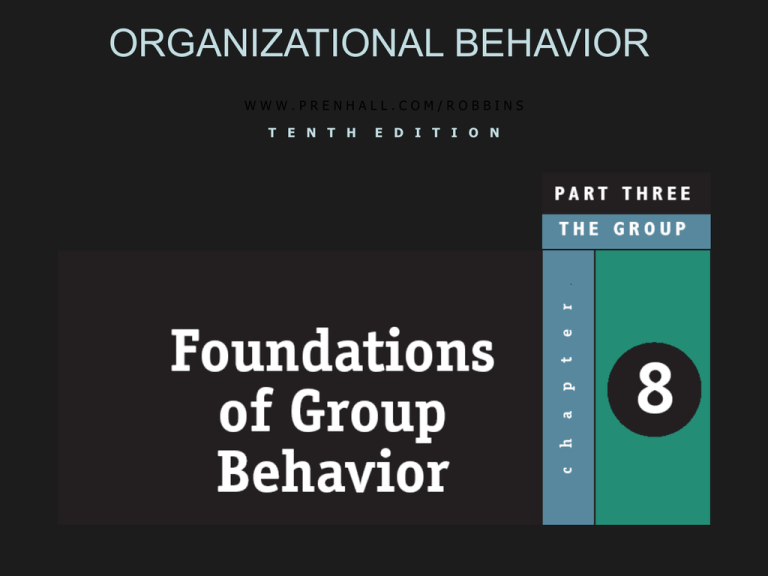
ORGANIZATIONAL BEHAVIOR WWW.PRENHALL.COM/ROBBINS T E N T H E D I T I O N Defining and Classifying Groups Defining and Classifying Groups (cont’d) The Five Stage Model of Group Development Stages of Group Development (cont’d) The Punctuated-Equilibrium Model EXHIBIT 8-3 Group Behavior Model External Conditions Imposed on the Group Imposed Conditions: • Organization’s overall strategy • Authority structures • Formal regulations • Resource constraints • Selection process • Performance and evaluation system • Organization’s culture • Physical work setting Group Member Resources Knowledge, Skills, and Abilities – Interpersonal skills • Conflict management and resolution • Collaborative problem solving • Communication – Personality Characteristics • • • • Sociability Initiative Openness Flexibility Group Structure - Roles Formal Leadership – Leadership that is imposed on the group by the organization. – Leaders who derive their power from the positions they occupy in the organizational structure. – Formal leaders may or may not also be the informal leaders of the groups in which they function. Group Structure - Roles (cont’d) Group Structure - Roles (cont’d) Group Structure - Norms Classes of Norms: • Performance norms • Appearance norms • Social arrangement norms • Allocation of resources norms Examples of Cards Used in Asch’s Study EXHIBIT 8-5 Group Structure - Size Performance Other conclusions: • Odd number groups do better than even. Group Size • Groups of 5 or 7 work well Relationship Between Group Cohesiveness, Performance Norms, and Productivity Group Processes Group Tasks Decision-making – Large groups facilitate the pooling of information about complex tasks. – Smaller groups are better suited to coordinating and facilitating the implementation of complex tasks. *Consider: What is the task? Simple or complex? Group Decision Making Strengths – More complete information – Increased diversity of views – Higher quality of decisions – Increased acceptance of solutions Weaknesses – More time consuming – Increased pressure to conform – Domination by one or a few members – Ambiguous responsibility Group Decision Making (cont’d) Summary & Implications for Managers Performance: Structural factors show a relationship to performance. There is a positive relationship between role perception and an employee’s performance evaluation. Norms control group member behavior by establishing standards of right and wrong. Status inequities create frustration and can adversely influence productivity. The impact of size on a group’s performance depends upon the type of task in which the group is engaged. Satisfaction: Most people prefer to communicate with others at their own status level or a higher one. Large groups are associated with lower satisfaction.

